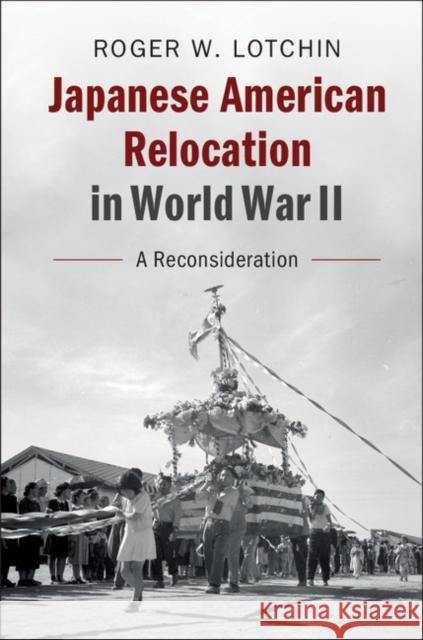Japanese American Relocation in World War II: A Reconsideration » książka
topmenu
Japanese American Relocation in World War II: A Reconsideration
ISBN-13: 9781108419291 / Angielski / Twarda / 2018 / 362 str.
Japanese American Relocation in World War II: A Reconsideration
ISBN-13: 9781108419291 / Angielski / Twarda / 2018 / 362 str.
cena 411,29
(netto: 391,70 VAT: 5%)
Najniższa cena z 30 dni: 337,50
(netto: 391,70 VAT: 5%)
Najniższa cena z 30 dni: 337,50
Termin realizacji zamówienia:
ok. 22 dni roboczych
Dostawa w 2026 r.
ok. 22 dni roboczych
Dostawa w 2026 r.
Darmowa dostawa!
Lotchin argues that the World War II relocation of Japanese-Americans was motivated by fear of Japan, rather than racism.











